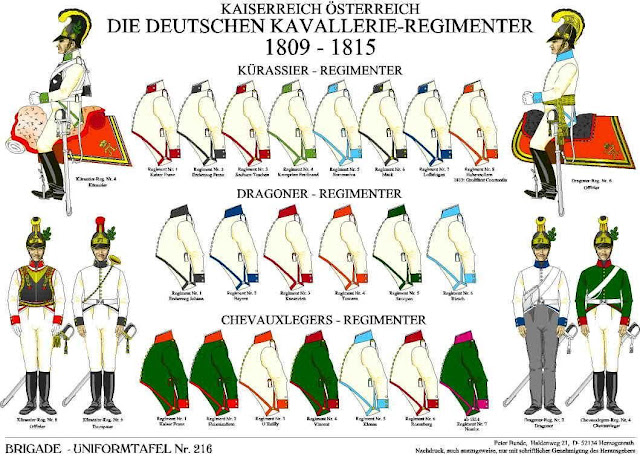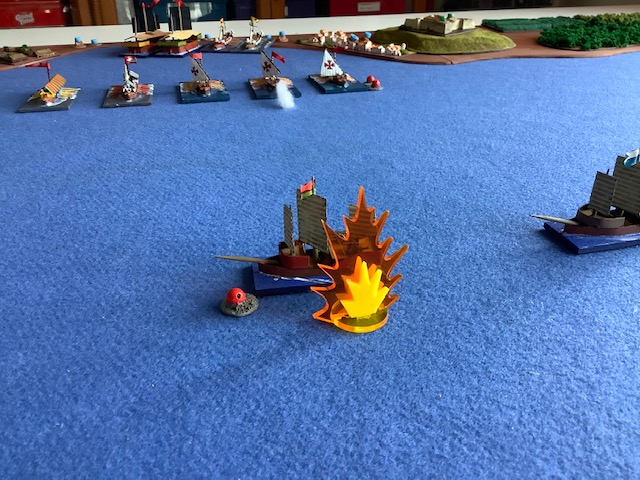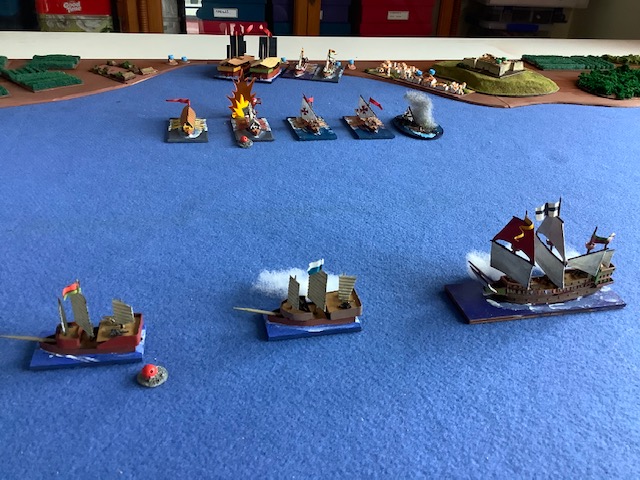Naturally each partner doesn’t fully trust the other and any setback could put the alliance under strain. OTOH, although the fortress of Kupang is adequately garrisoned and provisioned, there are only scanty forces available to mount a relief expedition.
The opposing forces are:
Songkhla / Knights alliance
The alliance naval force is commanded by Gian Andrea Pecorino (Knights), and the land forces by Mustafar Eunos Abdullah (Songkhla).
7 x Galleys (4S, 3K)
Q3 C3: Drilled soldiers, Galley, Swashbucklers, Yare
2 x Large merchant junks
Q4 C3: Merchantman, Reinforced hull, Square rigged
Embarked land forces (carried in the junks)
1 x siege battery Q4 C5 (S) (the Q4 represents slow movement and rate of fire)
2 x elite assault Infantry Q3 C4; Drilled soldiers, Veteran NCOs (K)
4 x auxiliary infantry Q4 C2 (S)
Portuguese
The fortress of Kupang counts as 4 x contiguous bastions (faces) each Q2 C4*
+ the fortress has: Drilled soldiers, High castles, Master gunner, Veteran NCOs. It is commanded by Sir Oliver Starkey, an English renegade in Portuguese service.
* each face of the fortress can shoot/defend but each face after the first that does so in the same turn incurs a cumulative -1. And, the fortress may not shoot, or be shot at, at any range longer than L.
The ships potentially available as a relief force include:
0-1 x Galleon
Q3 C4: Chaser guns, Drilled soldiers, Galleon rigged, Master gunner, Trained gun crews
2-3 x Frigates
Q3 C3: Chaser guns, Galleon rigged, Master gunner, Trained gun crews
There is also the possibility that local Timorese land forces could intervene against the (mostly) infidel aggressors.
0-3 x auxiliary infantry Q4 C2
The strength of the reliefs, and their timing, are contingent mainly on external events (represented by dice rolls), modified (for the land relief) by the course of the siege (setbacks or delays will increase the probability and possible strength of the relief).
*************
1. The Alliance arrives
The two photos below show the tabletop (1800x1200mm) with the coast of Timor and the town and fortress of Kupang. Note the Portuguese town on one side of the bay, and the “native” town on the opposite side.
Here’s the view looking from above the armada towards the coast ...
And here’s the view looking out to sea. The buildings (towns and fortress) are all from Picoarmor.
There are a couple of small coasting vessels in port. The crews beached them and ran for it as the invaders closed in.
As the invasion force approached across the Savu sea, and neared the shore, some command decisions were required.
(1) Where would the fleet anchor, and where would the land force disembark? Eunos Abdullah, the land forces commander, wanted to land close to the fortress so the effort of dragging the siege guns into position was minimised. He also wanted most or all the galleys to be beached so the crews could supplement his labour force for moving supplies and equipment and setting up the camp. Pecorino preferred a more distant landing point, well out of range of the fortress guns. He also insisted a good part of the galley squadron remain fully operational in case Portuguese ships appeared, and to bombard the fortress from seaward in support of land operations.
The Council of War on board the galley Corona reached the inevitable compromise: the soldiers would come ashore near the town huddling below the fort, and the Songkhla galleys would lend their crews to support the initial stages of the siege while the Knights’ vessels remained fully operational.
(2) Should the land force occupy the town, or ignore it? Although having no walls, the houses are defensible and the population would fight (but only in defence) if prompt action was not taken. Failing to take the town might encourage the rural population to launch an attack on the besiegers. A garrison of 1 infantry unit would be required.
The Council decided the town would be occupied.
The next photos show how all this played out uneventfully, except of course that the whole time dimension has been seriously distorted. In reality getting the land force unloaded and into position, especially the heavy guns, would take several days at least.
The four Songkhla galleys, and the transports, are secured in the bay, barely out of range of the fortress guns. The Knights galleys are at sea, outside gun range for the present.
To landward, Eunos Abdullah has used his enhanced labour force to quickly get the army into position. The units are indicated by pairs of coloured markers: yellow = entrenched siege battery; green = elite infantry; blue = auxiliary infantry. The town has been garrisoned by an auxiliary unit which has lost no time in starting to loot and pillage. The native village across the bay has been ignored.
Don Oliver had his gunners shoot at the enemy siege battery as it moved up and entrenched, but without noticeable effect, so to save ammo against the forthcoming assaults they stopped.
To be continued ...
The Siege of Kupang















































